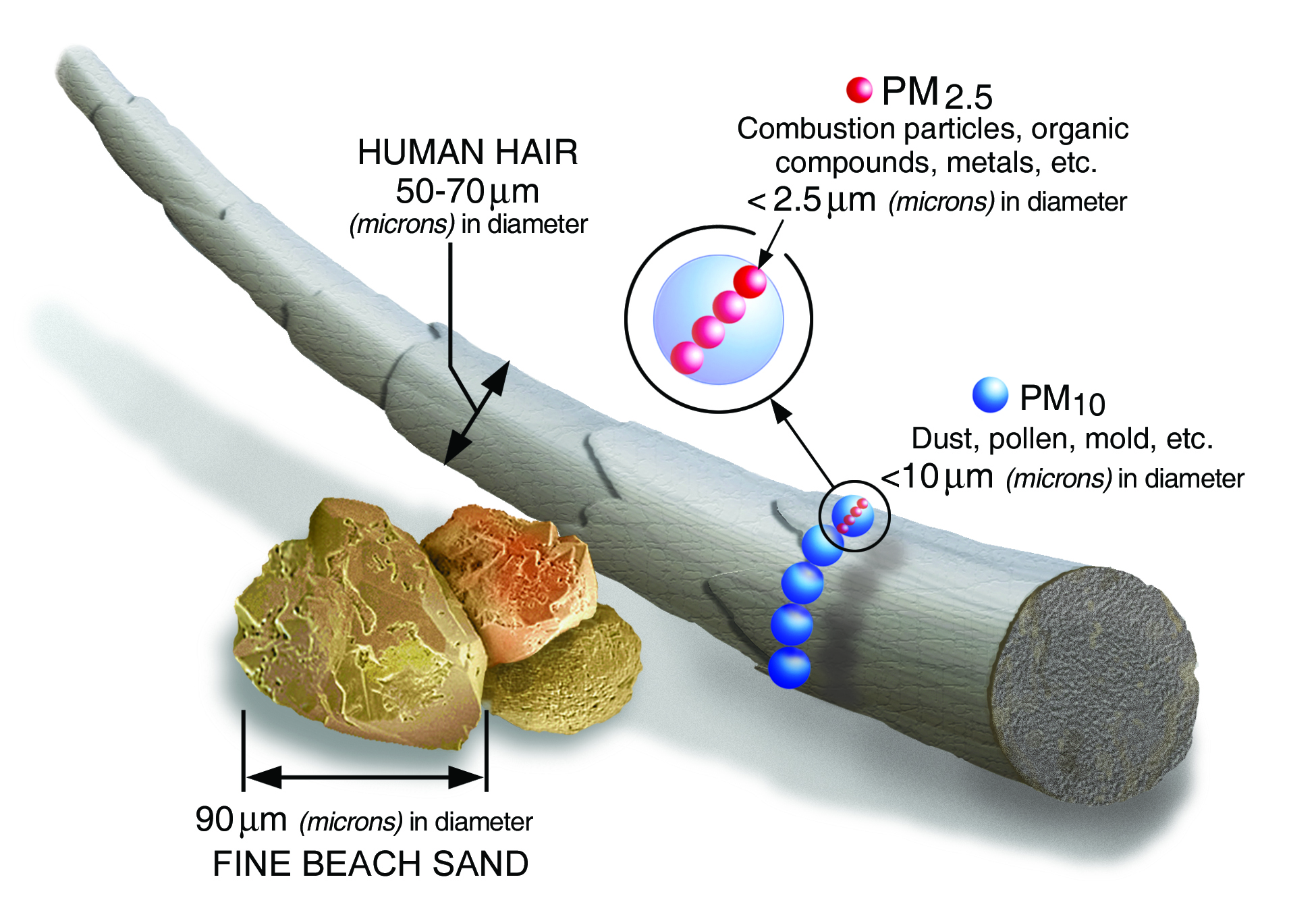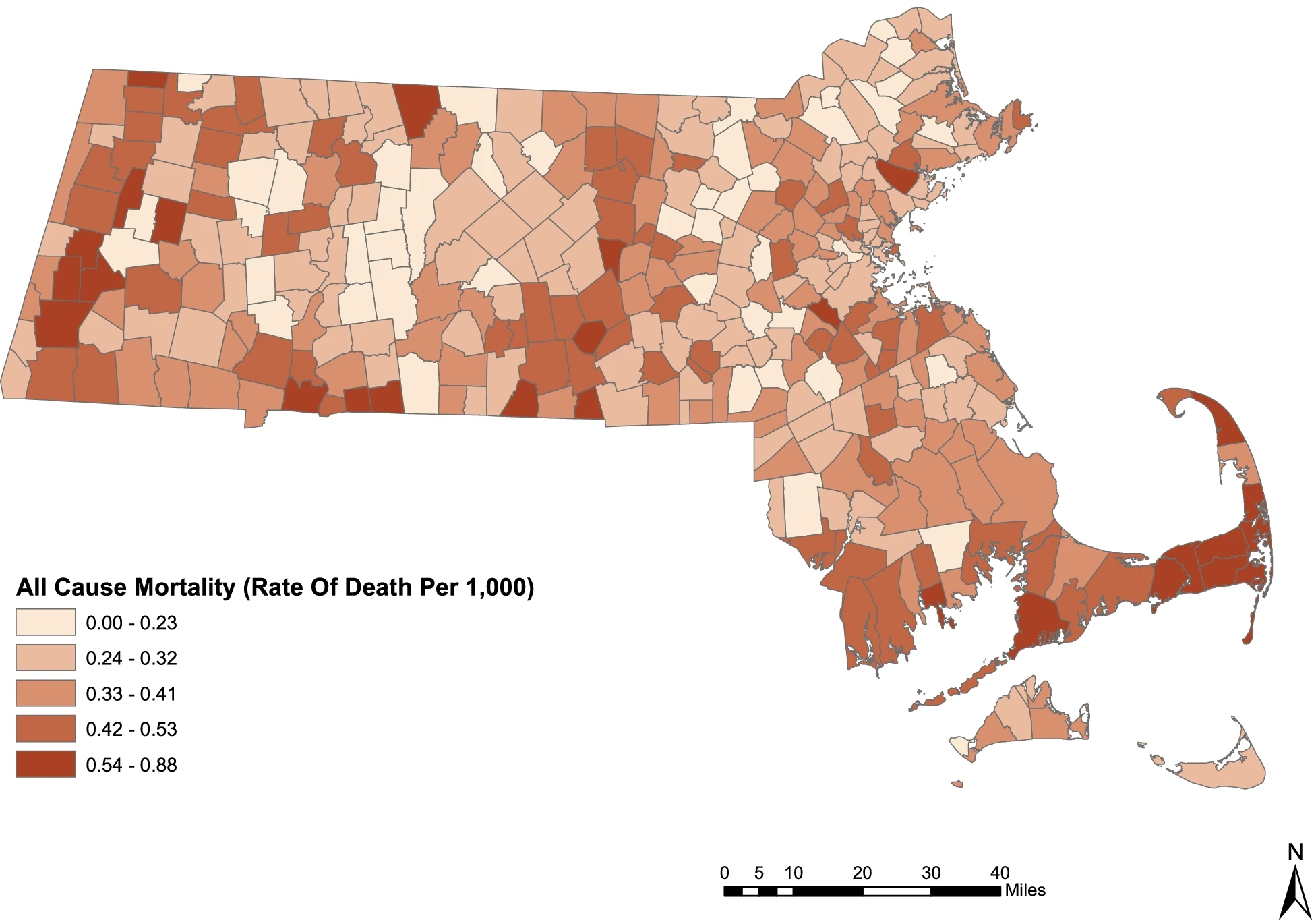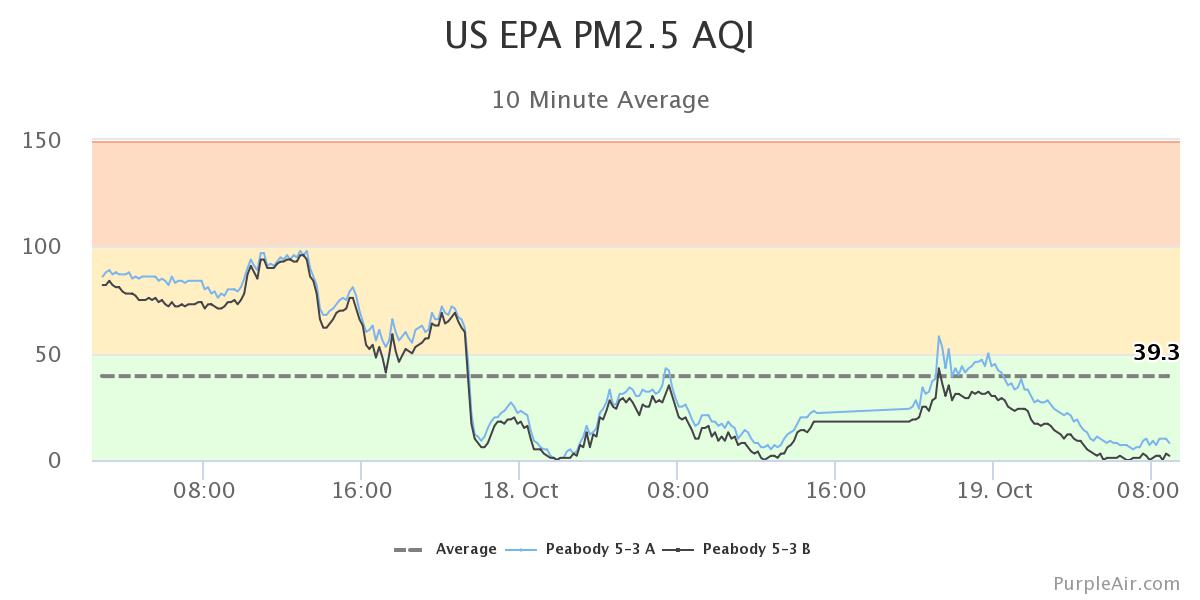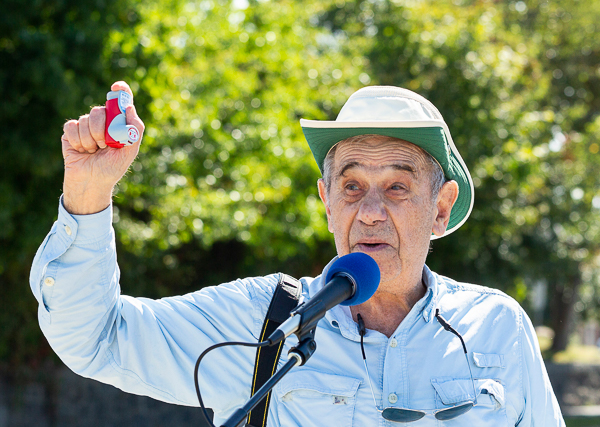Air pollution is a toxic cloud over Peabody and the North Shore
Prepared for presentation to the Peabody Board of Health on October 20, 2022
I am Jerry Halberstadt, Coordinator of Clean Power Coalition, the lead for the new initiative I present today. The goal is to focus on the disease and death caused by pollution in Peabody and the North Shore, protect people, and reduce the use of oil and gas, the major source of pollution.
I am proud of the Peabody Health Department, you are always working to improve health and well-being through education and collaboration with the community. Thank you for what you do.
Main points
-
Air pollution harms children and elderly persons.
-
Everyone in Peabody is exposed to harmful levels of air pollution.
-
Air pollution is caused by burning oil and gas: 70% from cars & other transportation; 30% from heating, factories, and power generation.
-
How can we protect ourselves from pollution?
Can we work together to develop a city-wide public health education campaign to alert citizens about the health impact of air pollution, enable them to find ways to protect themselves, get appropriate medical care, and mobilize to reduce the sources of air pollution?
Burning fossil fuel creates air pollution including PM2.5 (particulate matter, 2.5 micrometers), tiny airborne particles that can enter the lungs and blood, causing disease and even premature death while adding to the warming of our climate.

Pollution is a public health challenge that affects everyone in Massachusetts, according to a study by Philip J. Landrigan and David Bellinger, "Air pollution is responsible for premature deaths in every Massachusetts city and town." They found 49 deaths in Peabody caused by air pollution in 2019—from heart disease (20), cancer (23), stroke (2), and COPD (4).—Data source for Commonwealth municipalities, www.bc.edu/masscleanair
The Landrigan & Bellinger study estimated the annual burden of PM2.5 for Peabody to be 6.57 micrograms per cubic meter. WHO considers 5 micrograms per cubic meter to be safe. Nevertheless, they found that Peabody is among the municipalities with very high rates of death due to diseases caused by air pollution.

Sharon Cameron, Director of the Peabody Health Department, assisted research by Kathryn Rodgers, a Ph.D. student in environmental health at the Boston University School of Public Health. It is scheduled for publication soon by Mass Climate Action Network (MCAN). The report focuses on the high levels of pollution-related disease in the area surrounding the Waters River facility of the Peabody Municipal Light plant. The population in this area includes environmental justice groups, characterized by poverty, challenges with English, immigrant status, race, or ethnicity.
How can they mitigate the disease burden of air pollution and protect themselves?
Why does Peabody have a very high death rate from pollution? Why do the environmental justice areas have a high rate of pollution-caused disease?
Let's measure air quality to identify the source of the problems
Sharon Cameron worked with advocates, Mayor Ted Bettencourt, and city departments to obtain a grant from the Massachusetts Department of Environmental Protection (MassDEP) and install a network of air quality monitors.

A cloud of toxic pollution hangs over the North Shore and all of Peabody causing disease and death.
PM2.5 is harmful. Burning fossil fuels for transportation—cars, trucks, trains, airplanes—produces 70% of air pollution. 30% of pollution is caused by burning fossil fuels in fixed locations to generate electricity, for heating, and so on. Now we see potentially deadly spikes as high as 100 micrograms per cubic meter. On October 17, there were four monitors with data, however the monitor near Crystal Lake in West Peabody had been offline; the data record for #5.3, Crystal Lake, begins on the 17th, while the other 3 AQ records end on the 17th.




What do these charts tell us? Let's ask an expert. Philip J. Landrigan. Landrigan is a pediatrician and epidemiologist, director of the Boston College Program for Global Public Health and the Common Good, and an internationally recognized expert on the relationship between air pollution and disease. He wrote,
PM2.5 spikes such as you are seeing in Peabody are associated with several major short-term health problems in the 24-48 hours following the spike: increased heart attacks, increased episodes of cardiac arrhythmia, and increased episodes of acute asthma in both children and adults.”—Philip J. Landrigan, personal communication
Adrienne Allen, MD, MPH has treated North Shore people for over a decade; she reports that her patients say,
"I am short of breath, I can't walk."
I know that feeling. I have asthma that can be triggered by pollution. That’s why I carry an inhaler for asthma wherever I go.

Airborne fine particulate matter (PM2.5) air pollution is linked to multiple non-communicable diseases.
Cardiovascular disease, stroke, chronic obstructive pulmonary disorder, lung cancer, and diabetes.
In infants and children, air pollution increases the risk of premature birth, low birth weight, stillbirth, asthma, and impaired lung development.
Prematurity and low birth weight are risk factors for cardiovascular disease, kidney disease, hypertension, and diabetes in adult life. Impaired lung growth increases the risk for chronic respiratory disease.
...air pollution is associated with neurologic dysfunction in both adults and children.”—Landrigan et al"

The Board of Health is an important respected source of expertise and community leadership for education and disease prevention.
We are all motivated to avoid sickness and death. Together, we can help citizens to understand the issues, find expert advice and support, and find resources for solutions.
I seek your guidance and advice to help make this a success for everyone in Peabody.
How can we create a city-wide public health education campaign to alert citizens about the health impact of air pollution, and to enable them to find ways to protect themselves, get appropriate medical care, and mobilize to reduce the sources of air pollution?
-
Our efforts must include all of Peabody because we are all at risk.
-
We can create a city-wide public health education campaign.
-
We can inform local and identity community groups about the connection between health dangers and air pollution. We can go to where they gather and listen to them.
-
We can empower residents to protect themselves and their families by mitigating the dangers.
We can encourage citizens to advocate for systemic changes to eliminate the sources of pollution.
We are supported by
Clean Power Coalition Partners:
Salem United, Doreen Wade, President; Mass Climate Action Network; Slingshot; Sunrise; Breathe Clean North Shore; Berkshire Environmental Action Team; No Fracked Gas in Mass; Green Sanctuary Team at Northshore Unitarian Universalist Church (Danvers)*.
Individual supporters
Tristan Brown, Peabody; Lynn Nadeau, Marblehead
Advisors include:
Adrienne Allen, MD, MPH; Domingo Dominguez; Rosemary Wessel, Program Director, No Fracked Gas in Mass
We seek additional advisors and partners, both individuals and organizations.
* Provisional
References
Landrigan, Philip J. and David Bellinger, "Air pollution is responsible for premature deaths in every Massachusetts city and town," BostonGlobe.com, August 8, 2022
Landrigan, P.J., Fisher, S., Kenny, M.E., et al. A replicable strategy for mapping air pollution’s community-level health impacts and catalyzing prevention. Environ Health 21,70 (2022).
Mass Clean Air, Health Effect of Air Pollution in your Town (Map)
Mass Clean Air, Spreadsheet of town data
Mass Clean Air, Contacting Policy-Makers, The first step toward a Clean Air Massachusetts Provides a list of policies and actions that can reduce pollution; advocacy at the local and state levels.
Hendrickson, Debra. The Air They Breathe: A Pediatrician on the Frontlines of Climate Change. Simon & Schuster.